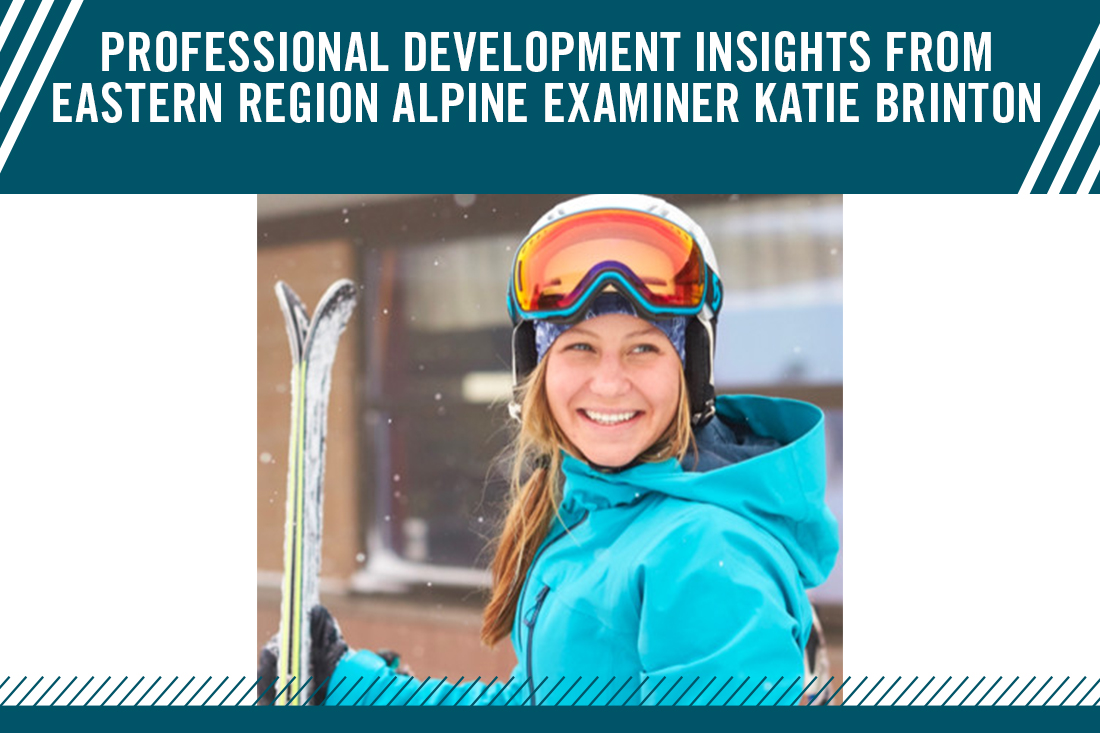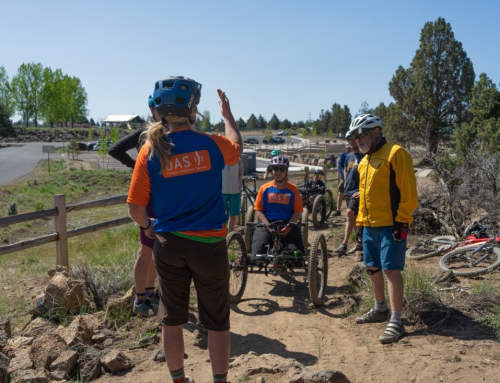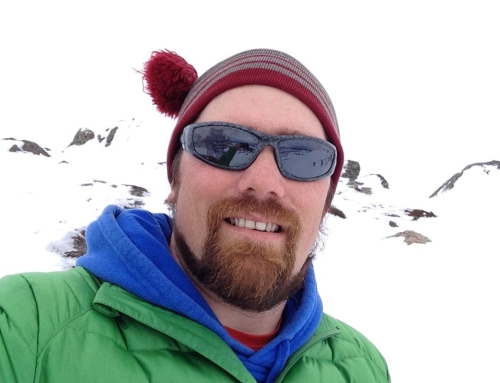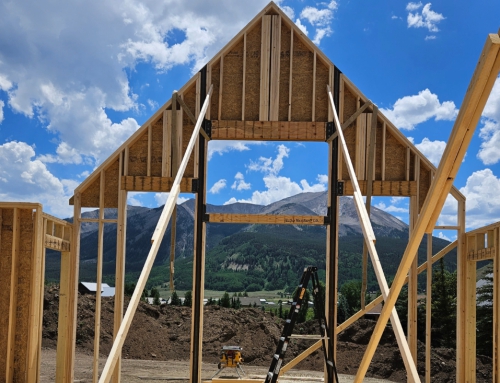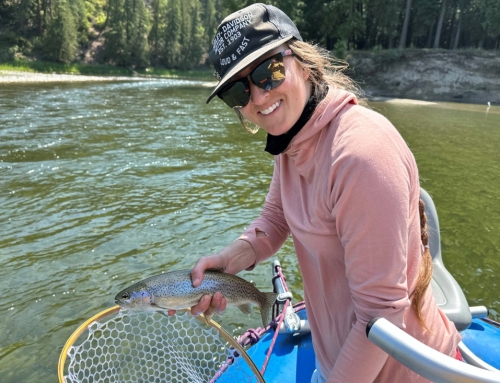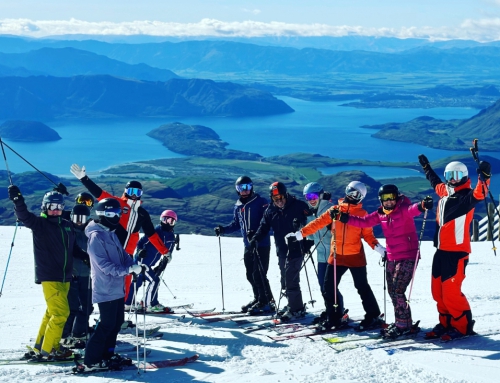Professional Development Insights from Eastern Region Alpine Examiner Katie Brinton
Katie Brinton, a PSIA-AASI Eastern Region alpine examiner and senior editor for Ski Area Management (SAM), joined Amanda Barnhart, ski patrol director at Pennsylvania’s Laurel Mountain Ski Resort, and Lynnea Anderson, deputy director of PSIA-AASI Western Region, to host an online workshop during the 2024 Women’s Virtual Summit.
The three snowsports professionals shared information about different opportunities in the snowsports industry, including the path they took, the people who helped them along the way, and the skill sets they learned to succeed in their current positions.
In a recent First Chair Podcast with Host George Thomas, Katie provided insight into her snowsports instruction journey. You can listen to her episode and other First Chair Podcast episodes on Soundcloud and on Spotify.
Below, Katie shares her thoughts on her professional development, working with mentors and peers to reach her goals, and the importance of events like Women’s Summit.
Q: What highlights in your own professional development do you like to share with other women in the industry?
A: There are a couple key achievements and events that led me down the career path I’m currently on. The Southern Hemisphere winter I worked in New Zealand was eye-opening in terms of discovering that there are many folks in the world making year-round, full-time careers in snowsports instruction. I had just earned my Level II pin, and my time there encouraged me to view that as the start of a career in the industry rather than a token I’d earned while on sabbatical from the “real world.”
Being nominated for a SAM “10 Under 30” recognition while I was a full-time ski and ride school supervisor at Okemo, training for my Level III certification, was another key moment. I met one of SAM’s editors, and he gave me an opportunity to write an article for the publication, jumpstarting my nascent freelance writing career and establishing a fruitful relationship with the SAM team that would later lead to a full-time gig as an editor for the magazine and its sister publication, Adventure Park Insider. Opportunities come through unexpected channels, and snowsports journalism proved an ideal marriage between my writing skills (I have an MA in English literature) and my passion for and experience in snowsports education.
Earning a spot on the Eastern Alpine Development Team was another biggie. This is the first step to becoming an alpine examiner in the Eastern Region, and it expanded my professional network and knowledge, as well as my opportunity to contribute to the organization in meaningful ways. The first examiner I understudied, Dave Capron, became a mentor of sorts, and it was he who suggested I put my name in the hat to serve on the board of directors for the Eastern Region. I’m currently vice chair of that board, which has been a tremendously rewarding volunteer leadership opportunity.
Q: How has your professional network helped – and continue to help – you reach your goals?
A: The snowsports industry attracts the best people. There is no shortage of folks who are willing to lend their time and expertise to help others improve and reach new goals.
I’ve benefitted from the generosity, smarts, and creativity of many mentors and peers. I continue to cherish the friendships and value the expertise of my entire development team class, most of whom have continued on to be examiners and are just all-around good people and ripping skiers.
My husband, who is also an examiner with the region, keeps me sharp, and together, we are juggling our first winter with a newborn. It’s been a season of give and take, but a partner who values your skills and supports your ambitions is a tremendous thing.
Q: Why are events like Women’s Summit important to you?
A: I think all women working in snowsports instruction deserve to have female peers and role models. Representation matters. I know the phrase is trite, but the data is not: Representation can increase self-esteem, reduce stereotypes, and provide validation. It’s not a solution to the difficulties women encounter in pursuing snowsports industry careers, but it makes a difference.
There was a panel for the first women’s virtual summit that included a demo team member from the British Association of Snowsports Instructors (BASI) who talked about serving on the team while pregnant and then as a new mum. I was waffling about if and when to have kids because I was sure it would slow my career down, but listening to her talk about the support she received and ability to maintain her skills while being a mum was like having a weight lifted off my back. I hadn’t realized how much I was letting fear of being left behind determine my life choices. I cried after the session ended. It was cathartic. There is power in storytelling, and the stories we are exposed to can help us imagine new ways forward.
Women’s events are important to me because I also love to see other women rip. I think we tend to characterize women’s skiing as fluid and graceful and men’s skiing as powerful and accurate. And when you gather a bunch of women together on snow, you get a chance to see that some women are powerful and fluid, or graceful and accurate, or any other combination of adjectives. Their skills and styles are as varied and resistant to pigeonholing as those of their male peers.

